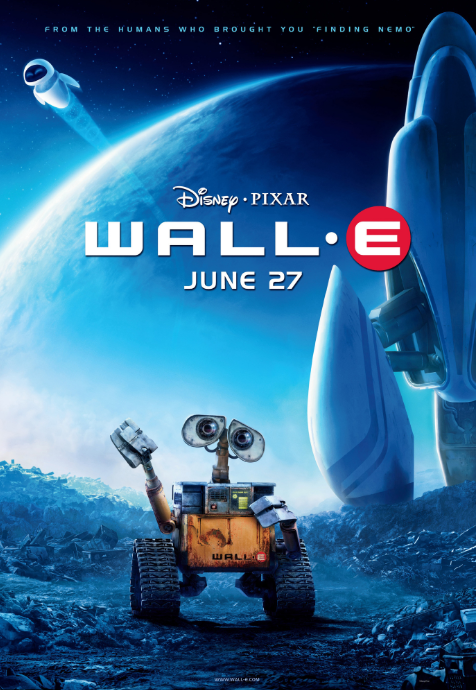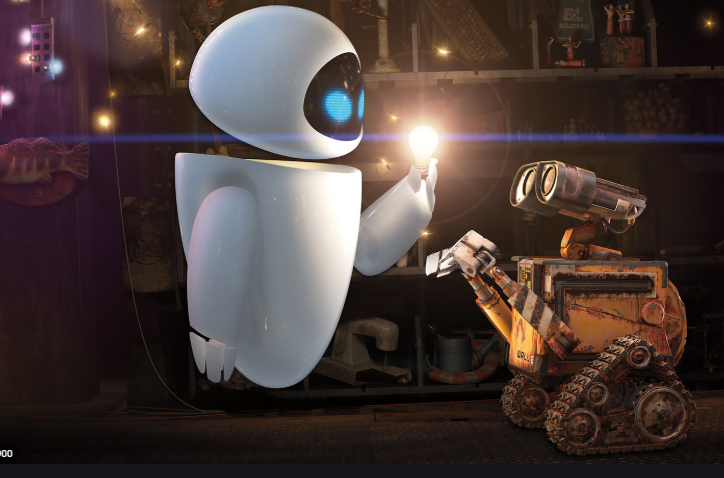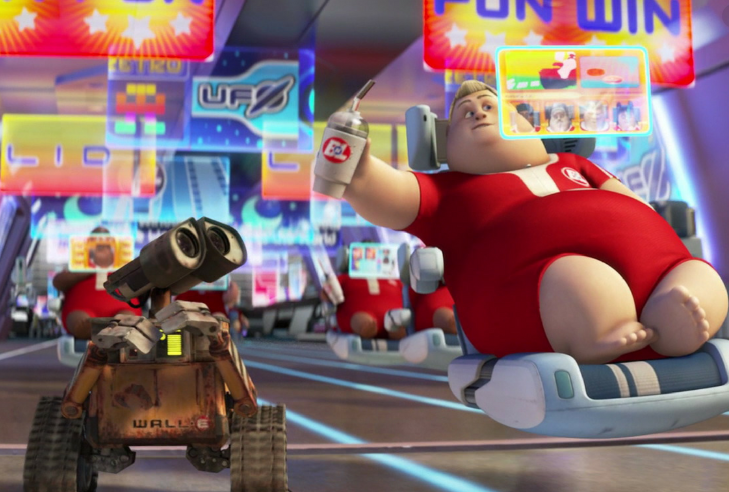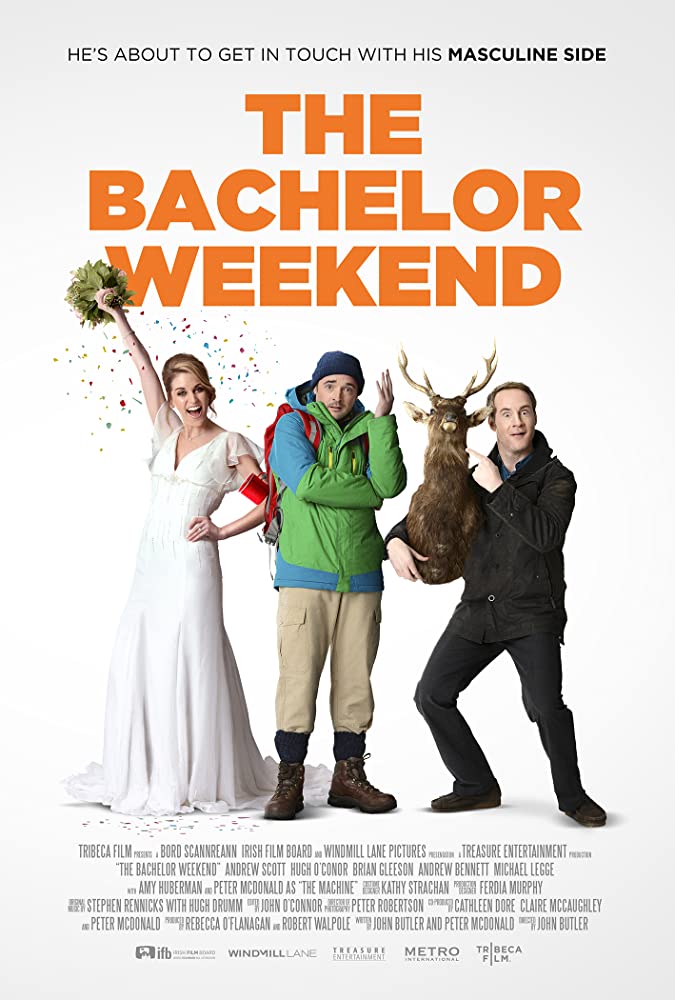Dystopia for our Children

By Shannon Bond
American stories are full of dystopia. We consume these stories without thinking about the realities of a post-apocalyptic future. The dystopian themes are engrained in our literature, video games, television shows, and movies. And while we have come to accept dystopia in the young adult genre it’s intriguing to consider the theme in children’s movies. Take the animated film “Wall-E” for example. It is a delightful romp through a dystopian future full of robots and their overweight, overserved, human companions. It’s easy to get caught up in the adorable characters and clever story, overlooking the grim nature of the film and the warning it sends to young viewers.
The idea of dystopia arose from the utopian writing tradition, which first came to life in Sir Thomas More’s 1516 book entitled “Utopia.” The term utopia was taken from the Greek and has a literal meaning of no-place, which seems appropriate since most of the imagined utopias readers experience are either too good to be true, or harbor a terrible secret. This secret is often the terrible price people pay for the utopian society they live in. Sometimes, like in “Wall-E,” the price is hidden in plain sight. The starship full of AI that saved humanity and serves their every need is also a prison that has stripped them of independent thought, physical fitness, and will.
“Wall-E” takes the reader through a dystopia/utopia brought on by climate change. This change, naturally, was caused by mass disposable consumerism, corporate control, and human greed. The world simply filled up with trash and was uninhabitable. In this galactic adventure, we follow the last surviving trash compacting robot named Wall-E. He is an outdated model who gathers sentimental keepsakes and watches old movies as he presses on with his futile, lonely duties, the last sentient life on earth.

But, when a super-advanced robot named EVE is sent from the utopian starship to scout for life on earth, she finds a plant Wall-E has hidden in an old boot. This changes everything. It proves that life can once again grow on earth, but it’s been hundreds of years, so humans don’t remember earth or what it means to be human. And, to add to the challenges, the ship’s autopilot has orders from the long-ago president to not return.

The starship was originally supposed to float through space on a luxury cruise for four years while robots cleaned the planet. But it wasn’t working and that was generations ago. Now, with no first-hand knowledge of earth, the obese humans glide along hallways in floating chairs playing games as robots tend to their every need. Captain photos hang on the wall. Each shows a generation larger than the last until finally, the ability to even stand up was lost.
Beyond the ship, the viewer is taken into a devastated earth covered with remnants from a society gone wrong, a society that consumed until there was nothing left. In the end, Wall-E shows the viewer the importance of love as he pursues EVE, the extraterrestrial vegetation evaluator, and convinces her that there is more to life than a mission. This is what the kids will see. And the humans, motivated by a curious captain, finds that there may be more to life than the utopian existence they live. This is what the grown-ups will see, hopefully. What does it cost to live in a disposable society? What consequences lurk at the end of mass consumerism and automation? It’s a lot to pack into a kid’s movie, but like most of them, the deeper questions are there if people look for them.



